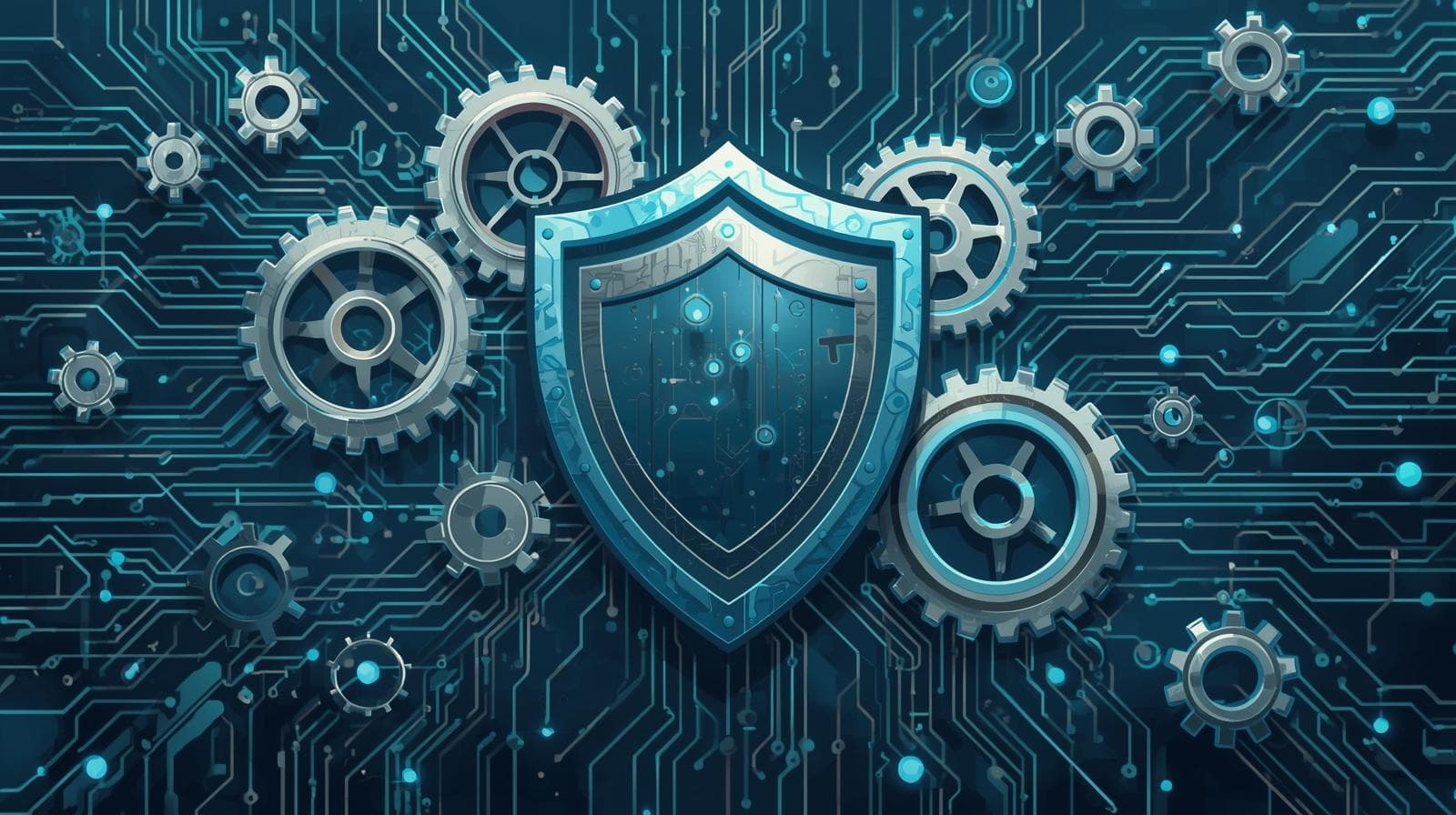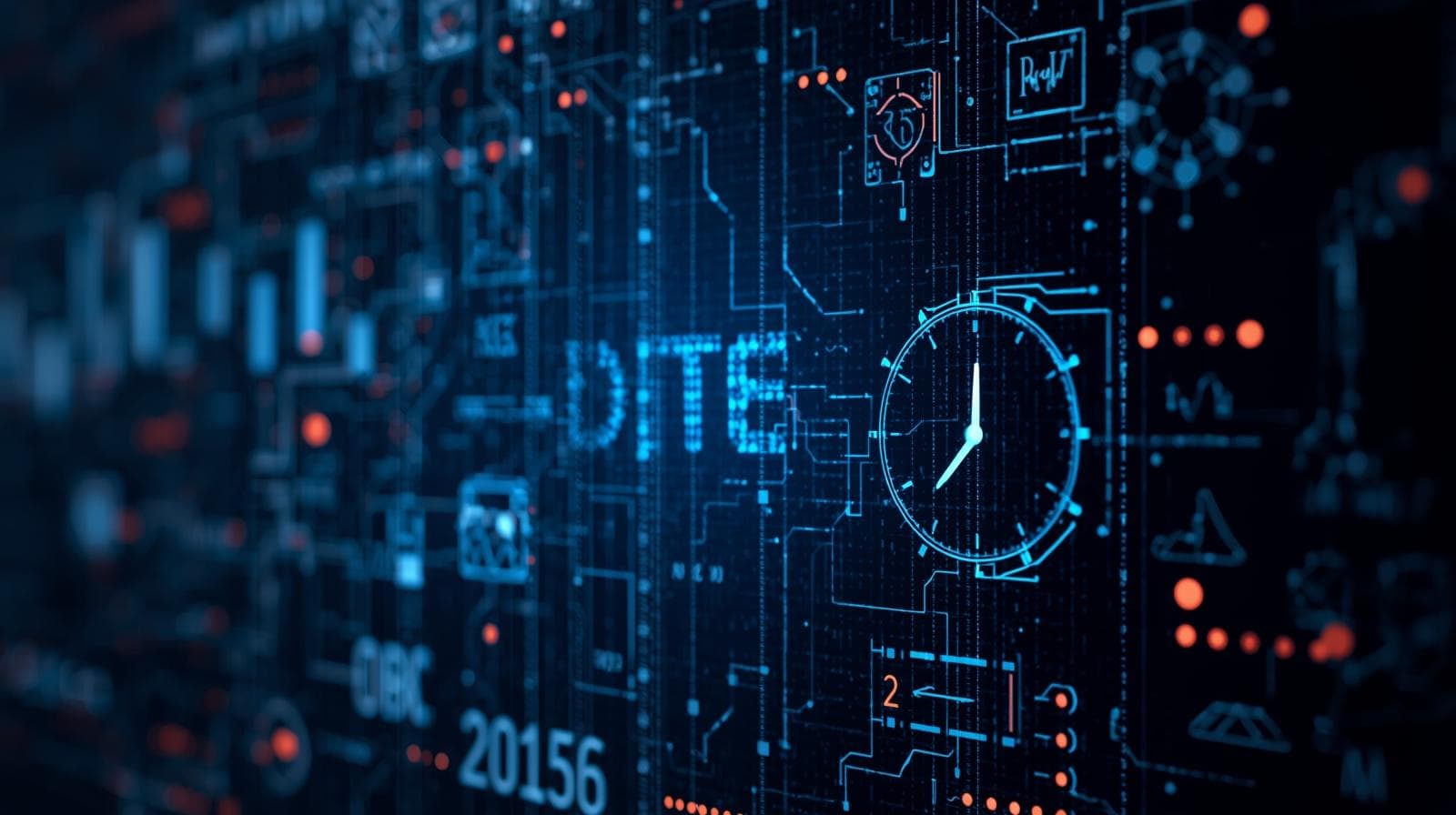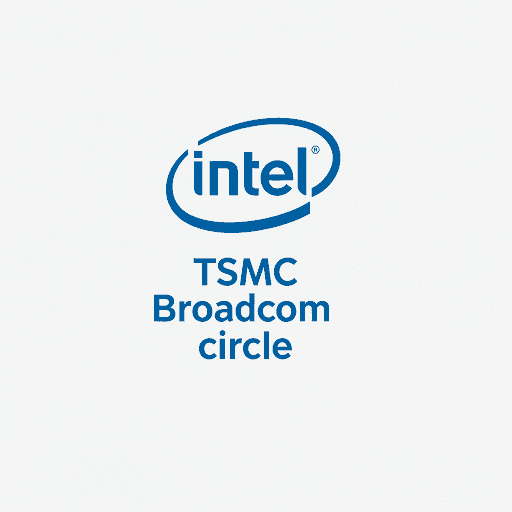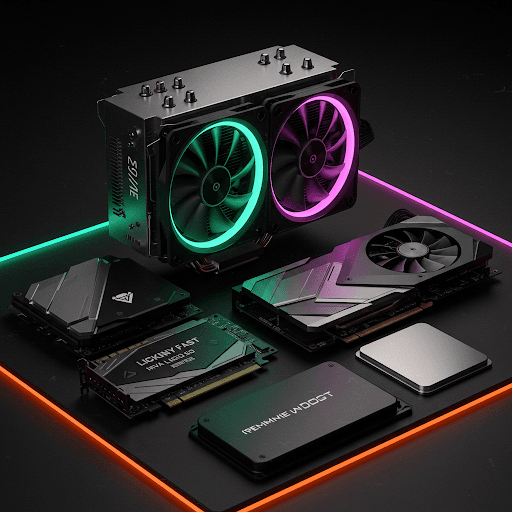Quantum Computing Explained: A Beginner's Guide to the Next Tech Revolution
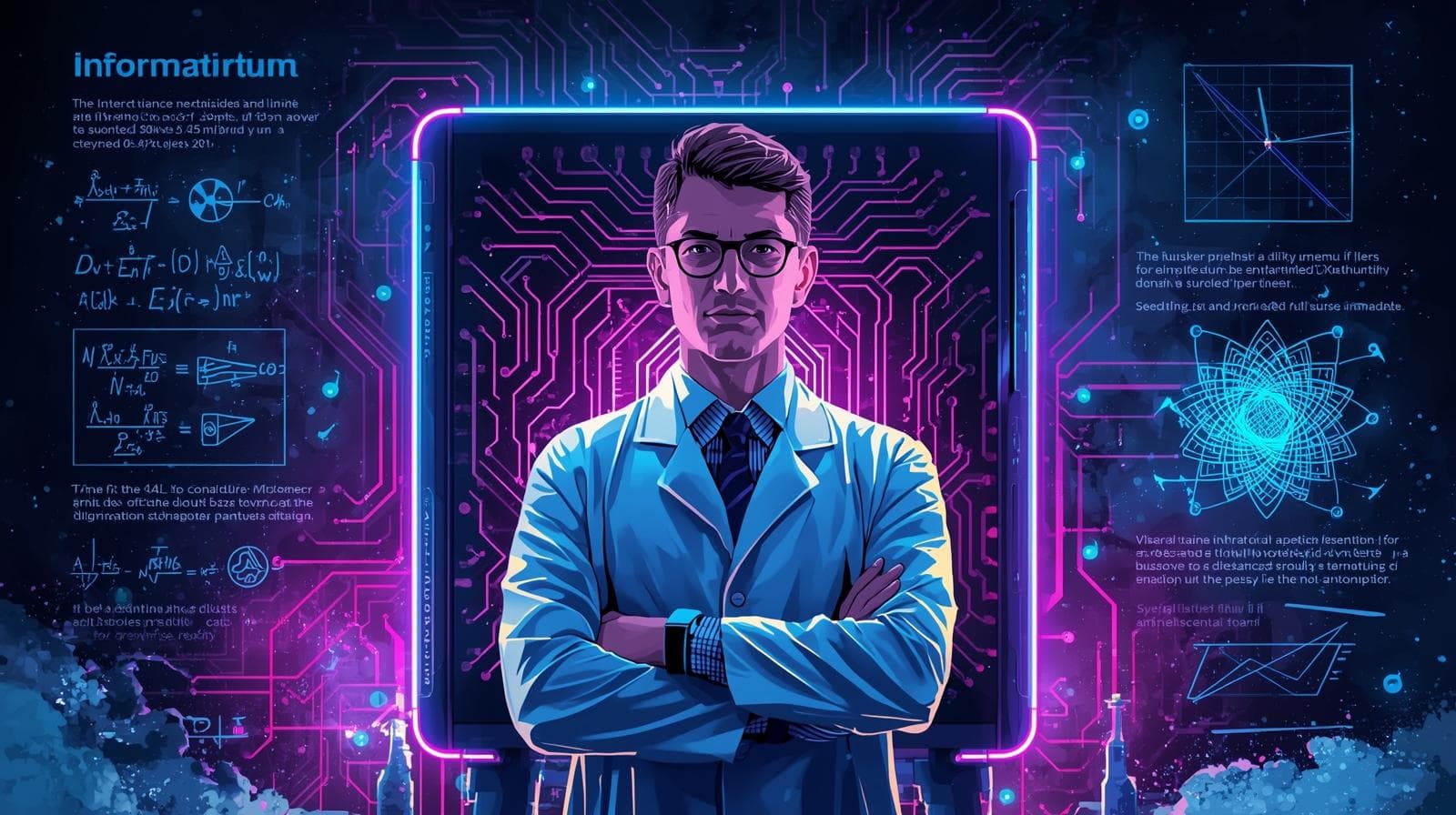
Ever wondered how quantum computing works? This in-depth guide breaks down qubits, superposition, and entanglement in simple terms. Explore real-world use cases in medicine, finance, and AI.
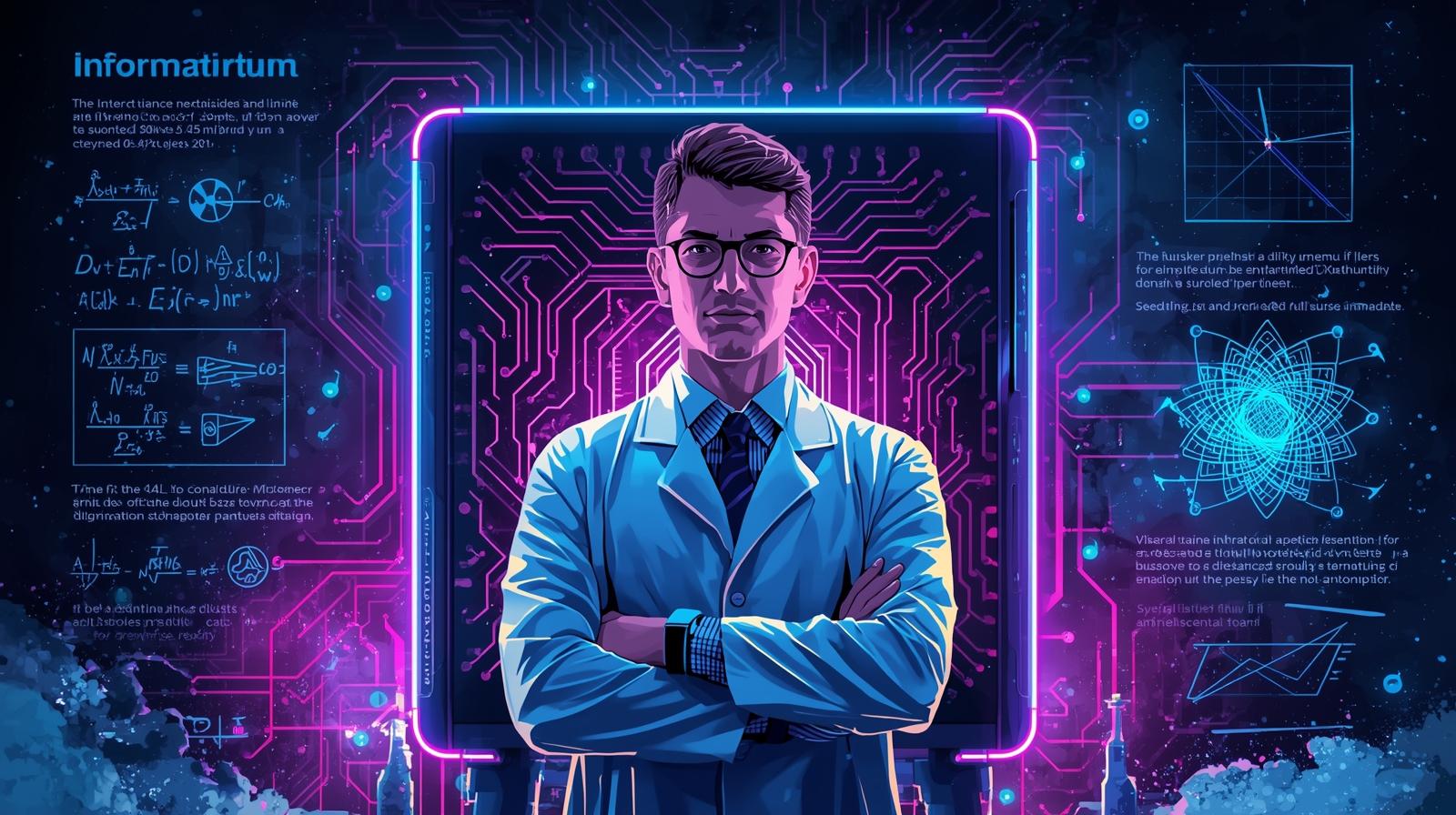
Quantum Computing Explained: A Beginner's Guide to the Next Tech Revolution
Quantum Computing Explained: Demystifying the Mind-Bending Future of Tech
Let’s be honest. The term “quantum computing” gets thrown around a lot. You’ve probably seen headlines about it solving problems in seconds that would take today's supercomputers millennia. It sounds like magic, or science fiction. But what is it, really? And why should you, as someone interested in the world of technology, care?
The goal of this guide is to strip away the mystery and replace it with understanding. We’re going to walk through the core concepts of quantum computing without relying on complex mathematics or intimidating jargon. By the end of this article, you’ll have a solid grasp of what makes a quantum computer so powerful, the real-world problems it promises to solve, and what this revolution means for the future.
Think of this as your friendly, in-depth conversation about one of the most exciting technologies of our time.
The Problem with "Normal" Computers: Hitting a Wall
First, let's talk about the computers we use every day—your laptop, your smartphone, the server that hosts your favorite website. These are classical computers. They operate on binary bits. A bit is the smallest unit of data, and it can be in one of two states: 0 or 1. It’s a switch—either off or on.
Every app you use, every video you stream, every complex calculation is, at its core, a massive series of 0s and 1s being flipped by microscopic transistors. For decades, we've followed Moore's Law, which observed that the number of transistors on a microchip doubles about every two years, making computers exponentially more powerful.
But we’re approaching a physical limit. Transistors are now so small they're just a few atoms wide. We can't shrink them much further without running into the weird laws of quantum mechanics, where electrons can "tunnel" through barriers, causing errors. We're hitting a wall.
More importantly, some problems are fundamentally too complex for classical computers, no matter how fast they get. These are often problems of combinatorial explosion.
A Simple Example: The Traveling Salesperson Problem
Imagine a salesperson needs to visit 100 cities. What is the most efficient route that minimizes travel distance? A classical computer has to calculate the distance for every possible route and then pick the shortest one. For 100 cities, the number of possible routes is staggering—more than the number of atoms in the known universe. A supercomputer would take longer than the age of the universe to solve this for a few hundred cities.
This type of problem appears everywhere: in logistics (package delivery), manufacturing (chip design), and finance (portfolio optimization). Classical computers struggle with them. This is where quantum computing enters the stage.
The Quantum Bit (Qubit): It’s Not a 0 or 1. It’s Both.
The heart of a quantum computer is the quantum bit, or qubit (pronounced "cue-bit"). If a classical bit is a simple light switch (on or off), a qubit is like a dimmer switch that can be at every possible setting between on and off, simultaneously.
This leads us to the first magical property of quantum mechanics that quantum computers harness: Superposition.
1. Superposition: The Power of "And"
A classical bit is either 0 OR 1. A qubit in superposition is 0 AND 1 at the same time. It exists in a blend of both states with a certain probability. We only know its definite state (0 or 1) when we measure it, which causes the superposition to "collapse" into one state.
The Coin Analogy:
Think of a classical bit as a coin that has landed—it's either heads (0) or tails (1).
A qubit in superposition is like a spinning coin. While it’s spinning, it is effectively both heads and tails. You don't know which it will be until it lands (until you measure it).
This is a game-changer. While 3 classical bits can represent only one of the 8 possible combinations (000, 001, 010, etc.) at any given time, 3 qubits in superposition can represent all 8 combinations simultaneously. As you add more qubits, the power grows exponentially. 50 qubits can represent over 1 quadrillion combinations at once. This allows a quantum computer to explore a massive number of possibilities in a single computational step.
2. Entanglement: A Spooky Connection
If superposition is the first pillar, entanglement is the second, and it’s even weirder. Albert Einstein famously called it "spooky action at a distance."
Entanglement is a profound connection that can form between two or more qubits. When qubits are entangled, the state of one qubit is instantly linked to the state of the other, no matter how far apart they are. If you measure one entangled qubit and it collapses to a 0, you know with 100% certainty that its partner will be a 1 (or a 0, depending on the type of entanglement).
This connection is instantaneous, seemingly faster than the speed of light. It’s what allows qubits to work together in a coordinated way. Entanglement creates a powerful correlation that is essential for performing complex calculations and for quantum error correction.
How Does a Quantum Computer Actually Work? It's a Delicate Dance.
Building a machine that can maintain superposition and entanglement is incredibly difficult. Qubits are notoriously fragile. Any tiny disturbance from the outside world—a stray photon, a vibration, a change in temperature—can cause them to lose their quantum state. This loss is called decoherence, and it's the primary enemy of quantum computing.
To combat this, quantum computers are engineering marvels. They are often housed in massive, specialized refrigerators that cool the qubits to temperatures colder than deep space, just a few thousandths of a degree above absolute zero (-273°C). This isolation is necessary to preserve the qubits' delicate quantum states.
A quantum computation isn't just a faster version of a classical calculation. It's a different process altogether. Here’s a simplified view:
Initialization: You set all the qubits to a simple, known state, like all zeros.
Manipulation (Quantum Gates): You apply a sequence of quantum gates to the qubits. These are like the logic gates (AND, OR, NOT) in a classical computer, but they can put qubits into superposition, create entanglement between them, and manipulate the probabilities of their states. This sequence of gates is your quantum algorithm.
Measurement: Finally, you measure the qubits. This causes their superpositions to collapse into definite 0s and 1s. Because of the way you manipulated the probabilities during the computation, the result of the measurement is the answer to your problem with a high probability.
The art of quantum programming is designing these gate sequences so that the wrong answers cancel each other out, and the correct answer is the most probable outcome when you measure.
Beyond Theory: Real-World Use Cases (The "So What?")
This is all fascinating, but what can we actually do with this? The potential applications are vast and transformative.
1. Drug Discovery and Materials Science
Designing a new drug involves simulating how a molecule (like a potential medicine) will interact with a target in the body. Molecules are quantum systems themselves, made of atoms and electrons. Simulating them accurately on a classical computer is impossibly complex for all but the simplest molecules. A quantum computer, operating by the same quantum rules, could simulate these interactions precisely. This could dramatically accelerate the discovery of new life-saving drugs, fertilizers, and revolutionary materials like room-temperature superconductors.
2. Financial Modeling and Optimization
The financial world runs on risk. Banks and funds need to create portfolios that maximize returns while minimizing risk. This involves analyzing a dizzying number of variables and market scenarios—a perfect example of a combinatorial optimization problem. Quantum algorithms could find optimal investment strategies, detect complex fraud patterns, and perform ultra-fast "Monte Carlo" simulations for pricing exotic financial derivatives.
3. Cryptography and Cybersecurity
This is a double-edged sword. Much of our modern digital security (like the RSA encryption that protects your online banking) relies on the fact that it would take a classical computer billions of years to factorize large numbers into primes. However, a sufficiently powerful quantum computer could run Shor's Algorithm, which can factor these numbers efficiently, breaking much of today's encryption.
The silver lining? Quantum technology also offers Quantum Key Distribution (QKD), a method of secure communication that is theoretically unhackable, based on the principles of quantum mechanics. The race is on to develop "post-quantum cryptography" before large-scale quantum computers arrive.
4. Artificial Intelligence and Machine Learning
Quantum computing could supercharge AI. Many machine learning tasks, like clustering similar data points or optimizing complex neural networks, are fundamentally hard optimization problems. Quantum algorithms could speed up these processes, leading to more powerful AI models that can find patterns in data that are currently invisible to classical computers.
5. Logistics and Supply Chain Management
Remember the Traveling Salesperson problem? Quantum computers could find the most efficient routes for global shipping, optimize air traffic control in real-time, and manage complex factory supply chains, saving billions of dollars and reducing environmental impact.
Best Practices and The Road Ahead
It's crucial to have a realistic perspective. We are in the Noisy Intermediate-Scale Quantum (NISQ) era. Today's quantum computers have几十 to a few hundred qubits, and they are "noisy"—meaning they are prone to errors and decoherence. They can't yet run Shor's Algorithm on a large enough number to break encryption.
The path forward involves:
Increasing Qubit Count: Building chips with more qubits.
Improving Qubit Quality: Making qubits more stable and less error-prone.
Developing Error Correction: Using multiple physical "noisy" qubits to create one stable, error-corrected "logical" qubit. This is essential for large-scale, fault-tolerant quantum computing.
Creating Better Algorithms: Finding new and more efficient quantum algorithms that can deliver value even on today's noisy machines.
Frequently Asked Questions (FAQs)
Q: When will I have a quantum computer on my desk?
A: Probably never, at least not for everyday tasks. Quantum computers are highly specialized machines, likely to be accessed via the cloud (like a super-powerful co-processor) for specific problems that classical computers can't handle. You'll still use a classical computer for email, browsing, and word processing.
Q: Will quantum computers make classical computers obsolete?
A: No. They are different tools for different jobs. Quantum computers won't speed up everything. For many tasks, like streaming video or basic calculations, your laptop will remain faster and more efficient. The future is likely hybrid, where a classical computer offloads a specific, complex part of a problem to a quantum computer and then uses the result.
Q: How can I start learning about quantum computing?
A: There are fantastic online resources! IBM's Qiskit, Google's Cirq, and Microsoft's Q# are all quantum programming frameworks with excellent tutorials and simulators that let you write and run quantum code on your classical computer. A strong foundation in linear algebra and Python programming is a huge advantage.
Speaking of which, if you're inspired by the future of technology and want to build a solid foundation in software development, CoderCrafter is your perfect launchpad. To learn professional software development courses such as Python Programming, Full Stack Development, and MERN Stack, visit and enroll today at codercrafter.in. Mastering these core skills will give you the programming mindset needed to eventually dive into cutting-edge fields like quantum machine learning.
Q: What are "Quantum Supremacy" and "Quantum Advantage"?
A: Quantum Supremacy is the term for when a quantum computer solves a specific, perhaps not very useful, problem that is practically impossible for any classical computer to solve in a reasonable time. Google claimed this in 2019. Quantum Advantage is a more practical and important milestone: when a quantum computer solves a real-world, economically valuable problem faster or cheaper than the best classical alternative. We are actively working towards achieving Quantum Advantage.
Conclusion: The Quantum Leap is a Marathon, Not a Sprint
Quantum computing is not just a faster horse; it's the invention of the airplane. It represents a fundamental paradigm shift in how we process information. The journey from the NISQ era to full-scale, fault-tolerant quantum computing will take years, perhaps decades, but the progress is relentless.
The potential rewards are too great to ignore—from curing diseases to solving climate change to unlocking the secrets of the universe. The quantum race is on, and it’s one of the most thrilling stories in modern science and technology.
Understanding it now puts you ahead of the curve. It’s a complex field, but as we’ve seen, its core principles can be grasped by anyone with curiosity. The quantum future is being built today, and it’s a future full of possibilities that we are only just beginning to imagine.
Ready to build the software that will power the classical side of this quantum future? A strong foundation is key. Explore our project-based, industry-aligned courses at CoderCrafter.in and start your journey to becoming a sought-after developer today.
